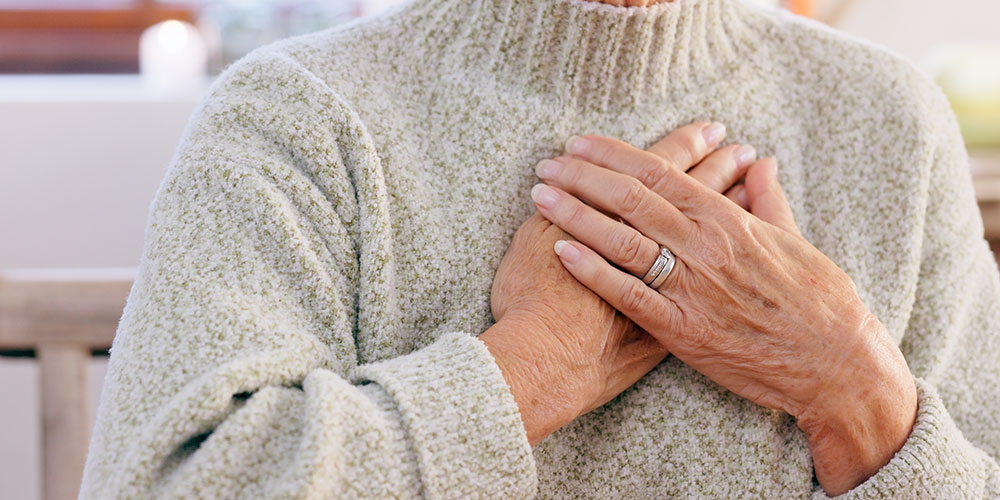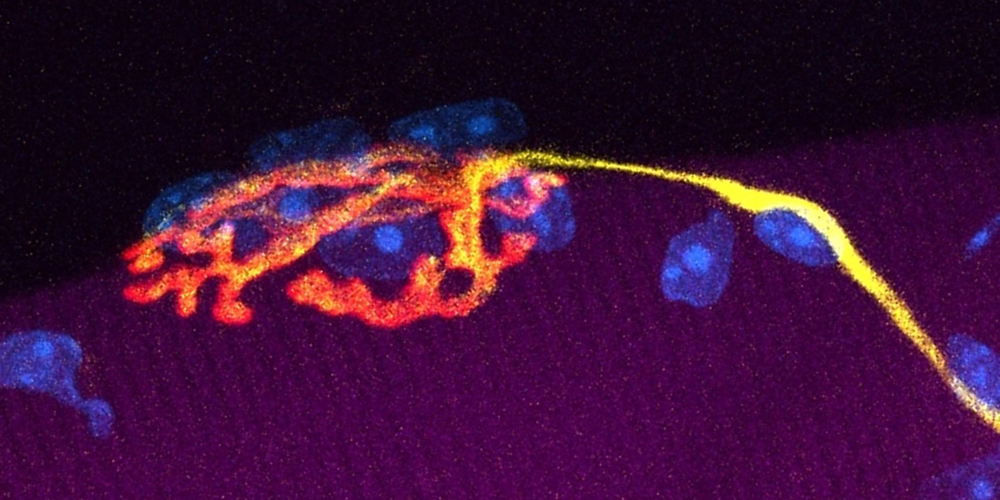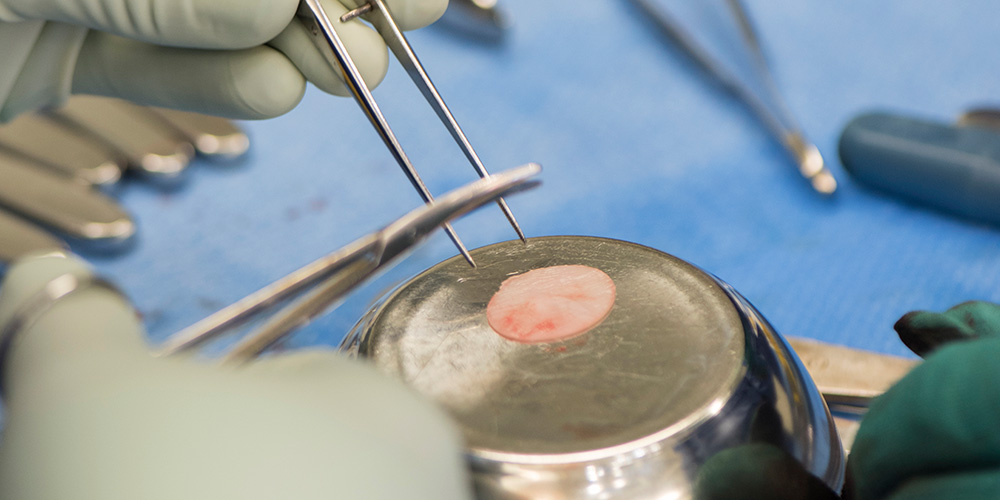Women at a disadvantage after cardiac arrest
Women are less likely to be admitted to an intensive care unit after a cardiac arrest, receive less intensive care treatment and have a higher risk of dying than men. These are the findings of a new Swiss-wide study by researchers from the University Hospital Basel and the University of Basel.
04 February 2025
Cardiac arrest is one of the most common causes of death worldwide, despite advances in modern medicine. Data to date indicates that women often have poorer chances of survival after a cardiac arrest and a lower quality of life than men.
The reasons for this are manifold and, in addition to biological differences, could also be attributed to less frequent or delayed resuscitation measures in women.
Gender-specific differences in the intensity of treatment before and after admission to the intensive care unit and in the decision on life-prolonging measures are also considered to be the cause of unequal chances of survival. However, there is hardly any research data on these gender-specific differences for Western Europe to date.
Switzerland-wide study with 40,000 patients
Under the leadership of intensive care physician PD Dr. Caroline E. Gebhard, Dr. Simon A. Amacher and other researchers investigated the gender-specific differences in the treatment of 41,733 patients with cardiac arrest throughout Switzerland between 2008 and 2022. Of these, 21,692 patients were admitted to and treated in Swiss intensive care units.
The researchers recorded temporal trends in ICU mortality, trends in ICU admission probability, the use of intensive care therapy measures and treatment limitations in patients who survived a cardiac arrest in the short term.
Women receive less intensive care
The study results show that women are 18% less likely to be admitted to an intensive care unit than men. Invasive treatments such as catheter-guided cardiac examinations were also performed less frequently in women than in men (44.7% compared to 54% invasive therapies in men). Overall, women who survived a cardiac arrest were at a higher risk of subsequent death compared to men (41.8% versus 36.2% mortality rate in men).
The researchers suspect various reasons for this unequal treatment of patients who have survived a cardiac arrest. These include biological differences, socio-cultural factors and unconscious thought patterns that favor men. The study also highlights the urgent need to gather more detailed information on socio-cultural factors to better investigate the causes of gender differences in the treatment of these patients.
Original publication
Simon A. Amacher et al.
Sex disparities in ICU care and outcomes after cardiac arrest: a Swiss nationwide analysis
Critical Care (2025), doi: 10.1186/s13054-025-05262-5



